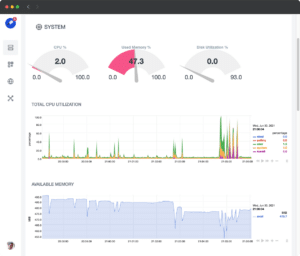Microsoft officially ended support for Visual Studio for Mac on August 31, 2024, leaving Mac developers without updates or compatibility with the latest Apple platforms. This decision, part of Microsoft’s modern lifecycle policy, has left many developers seeking alternatives to continue their work with .NET and C#.
What Does the End of Visual Studio for Mac Mean?
Before the August 31, 2024 deadline, users could still access customer support, publish apps to stores, and receive security updates. After this date, however:
- Visual Studio for Mac will no longer receive support or maintenance updates.
- No compatibility with .NET 8, C#12, or future tools and platforms will be introduced.
- It will only remain available as a legacy installation through my.visualstudio.com for users with active subscriptions.
Alternatives for Mac Developers
With Visual Studio for Mac now retired, Microsoft has outlined several alternatives for developers working on macOS:
1. Visual Studio Code
- What It Offers:
A lightweight, cross-platform code editor with full support for .NET and C# via the C# Development Kit. It supports .NET MAUI, Unity, and Azure Functions. - Advantages:
- Native support for macOS.
- Continuous improvements through dedicated extensions.
- Ideal for cloud and mobile application development.
- Limitations:
Not a full-featured IDE like Visual Studio.
2. Visual Studio on Windows (via Virtual Machine)
- What It Offers:
The complete IDE experience, accessible via a cloud-hosted virtual machine (Microsoft Dev Box) or locally using virtualization tools like Parallels Desktop or Vmware Fusion on Mac. - Advantages:
- Full Visual Studio experience.
- Use the same license from Visual Studio for Mac on Windows.
- Access advanced development tools.
- Limitations:
Requires a Windows environment, either on-premises or cloud-hosted.
3. Microsoft Dev Box
- What It Offers:
A cloud-based development environment accessible from any device, including Macs, via an RDP client. - Advantages:
- Preconfigured environment for .NET and C# development.
- No need to manage local virtual machines.
- Limitations:
Requires a constant internet connection and an active subscription.
Why Did Microsoft Retire Visual Studio for Mac?
Microsoft has shifted its focus toward more universal and cross-platform tools like Visual Studio Code and cloud-based development. According to Microsoft, these alternatives provide a better experience for Mac developers working with .NET and C#. Additionally, the ongoing cost of maintaining Visual Studio for Mac, particularly with Apple’s frequent updates, likely influenced this decision.
Final Thoughts: What’s Next for Developers?
The retirement of Visual Studio for Mac highlights Microsoft’s strategic pivot toward lightweight, cloud-centric tools. While this opens new opportunities for developers on macOS, it also imposes an adjustment period for those who relied on the deep integration of Visual Studio with macOS.
Although alternatives like Visual Studio Code and Microsoft Dev Box offer robust solutions, the transition may still be inconvenient, especially for those accustomed to a full-fledged IDE. Ultimately, this shift presents both challenges and opportunities for developers to adapt to modern, more flexible tools in the evolving development landscape.











